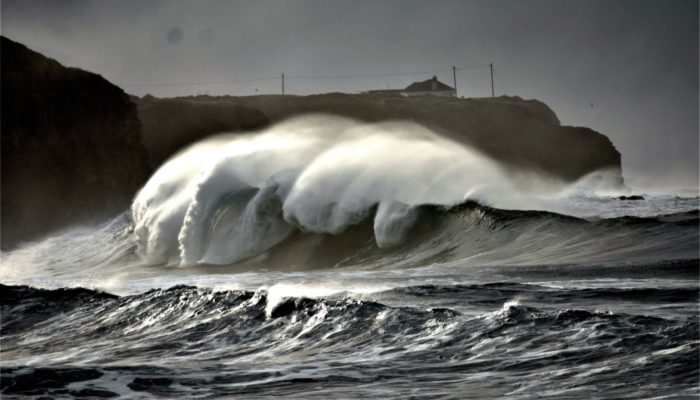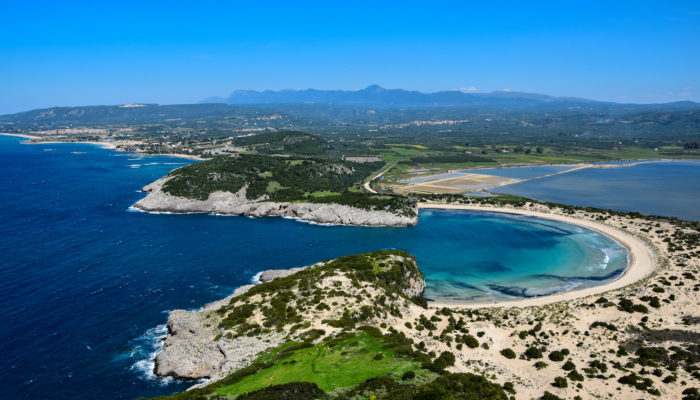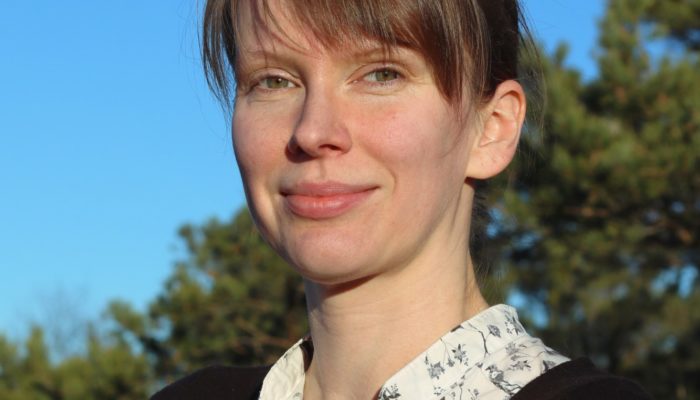Hi Céline. Thank you for joining us today. Congratulations on winning the 2022 Ocean Sciences Division Outstanding Early Career Scientist Award! Could you tell our readers a bit about yourself and your research? As of just a few months ago, I am tenured! My exact job title is “Senior Lecturer in climatology” at the University of Gothenburg, in southwest Sweden. Originally I am from France, and I a ...[Read More]
Imaggeo On Monday: Stormy waves in Ireland

Waves captured during a storm in Portrush, Northern Ireland. Photo by Melanie Biausque, shared on imaggeo.egu.eu. Editors note: please ensure to put your own safety first before attempting to photograph storm waves. Imaggeo is the EGU’s online open access geosciences image repository. All geoscientists (and others) can submit their photographs and videos to this repository and, since it is ...[Read More]
GeoPolicy: All about the European Parliament Intergroup on ‘Climate Change, Biodiversity and Sustainable Development’
This month’s GeoPolicy blog features an interview with Ilias Grampas, Manager of the European Parliament Intergroup (EP) on ‘Climate Change, Biodiversity and Sustainable Development’ and Deputy Director of the European Bureau for Conservation and Development (EBCD). Ilias was kind enough to answer some of my burning questions about the role of the EP Intergroup in connecting Members of the Europea ...[Read More]
Imaggeo On Monday: The Ω shaped Voidokilia beach

Voidokilia beach is located on the Ionian coast of Messinia, in the southwestern part of the Peloponnese region, in Greece. While it is famous for its round shape reminiscent of the Greek letter Ω, it is considered one of the most beautiful beaches in the Mediterranean. It is separated by a strip of dunes from the lagoon of Gialova, which was created due to both tectonic activity and sea level ris ...[Read More]


